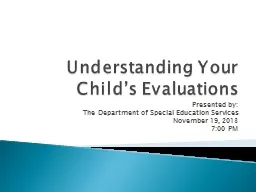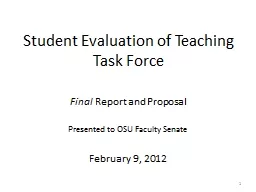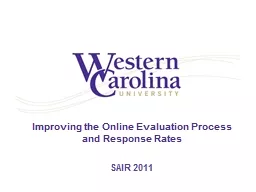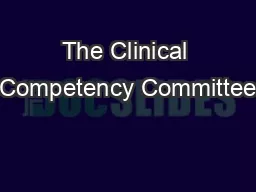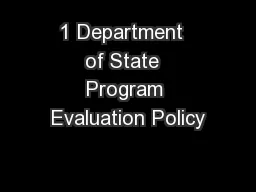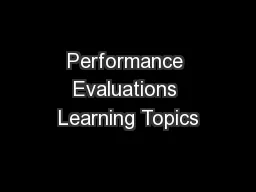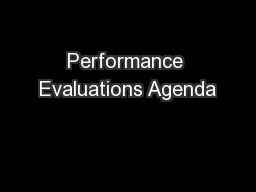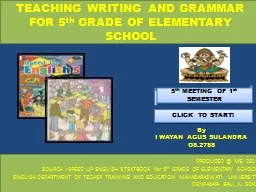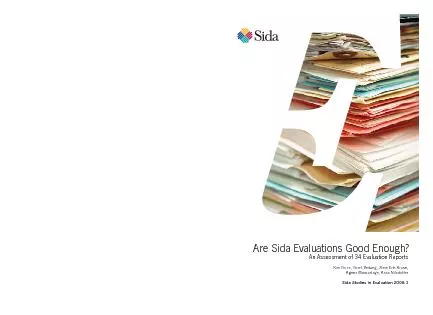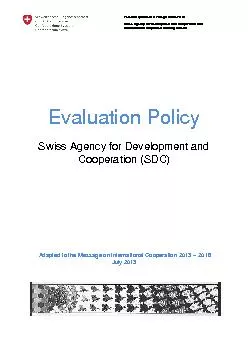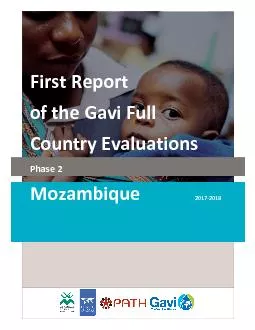PPT-Understanding Your Child’s Evaluations
Author : faustina-dinatale | Published Date : 2017-11-11
Presented by The Department of Special Education Services November 19 2013 700 PM Objectives Multidisciplinary Evaluation Process Standardized Evaluations Classroom
Presentation Embed Code
Download Presentation
Download Presentation The PPT/PDF document "Understanding Your Child’s Evaluations" is the property of its rightful owner. Permission is granted to download and print the materials on this website for personal, non-commercial use only, and to display it on your personal computer provided you do not modify the materials and that you retain all copyright notices contained in the materials. By downloading content from our website, you accept the terms of this agreement.
Understanding Your Child’s Evaluations: Transcript
Download Rules Of Document
"Understanding Your Child’s Evaluations"The content belongs to its owner. You may download and print it for personal use, without modification, and keep all copyright notices. By downloading, you agree to these terms.
Related Documents

